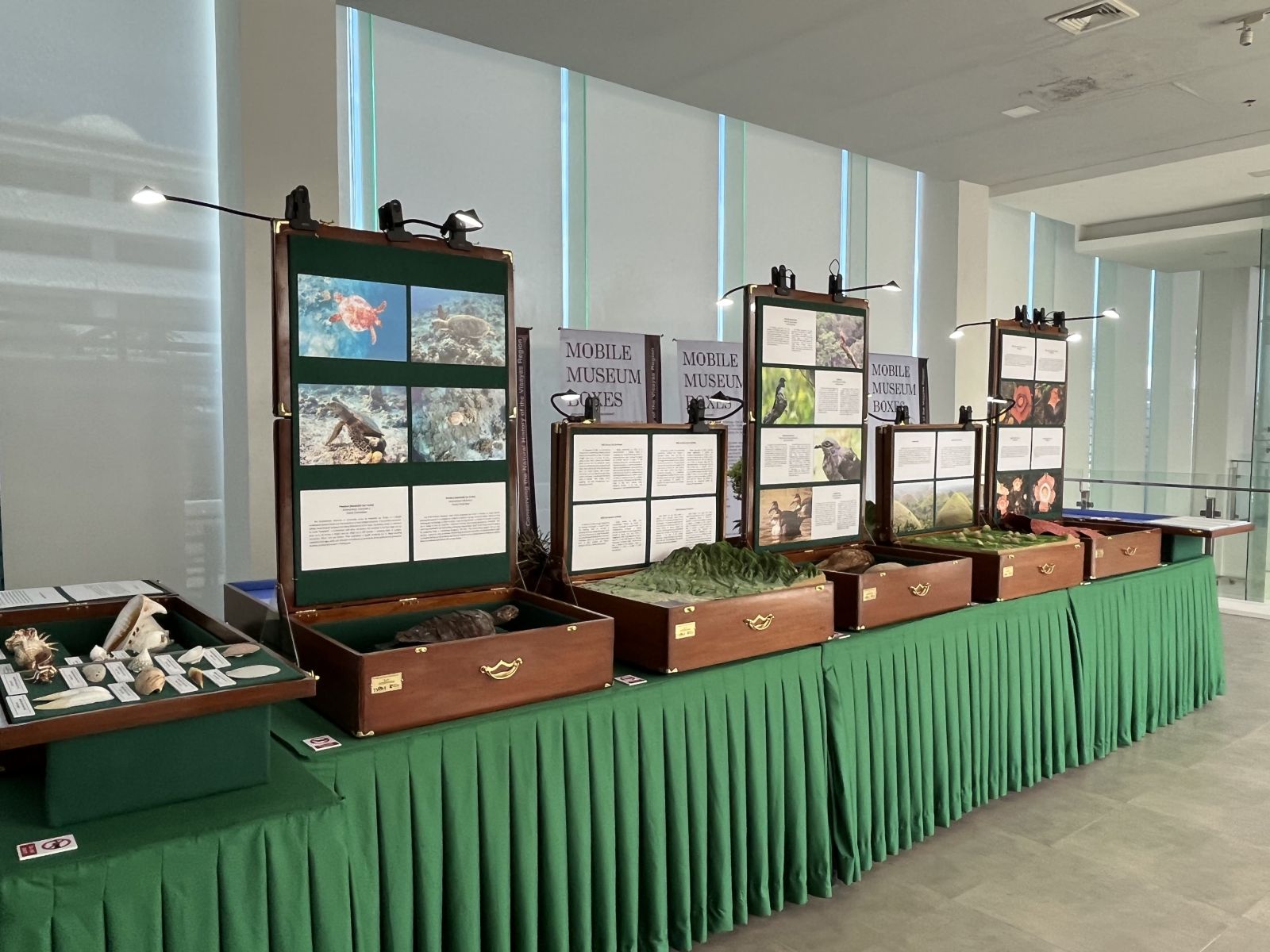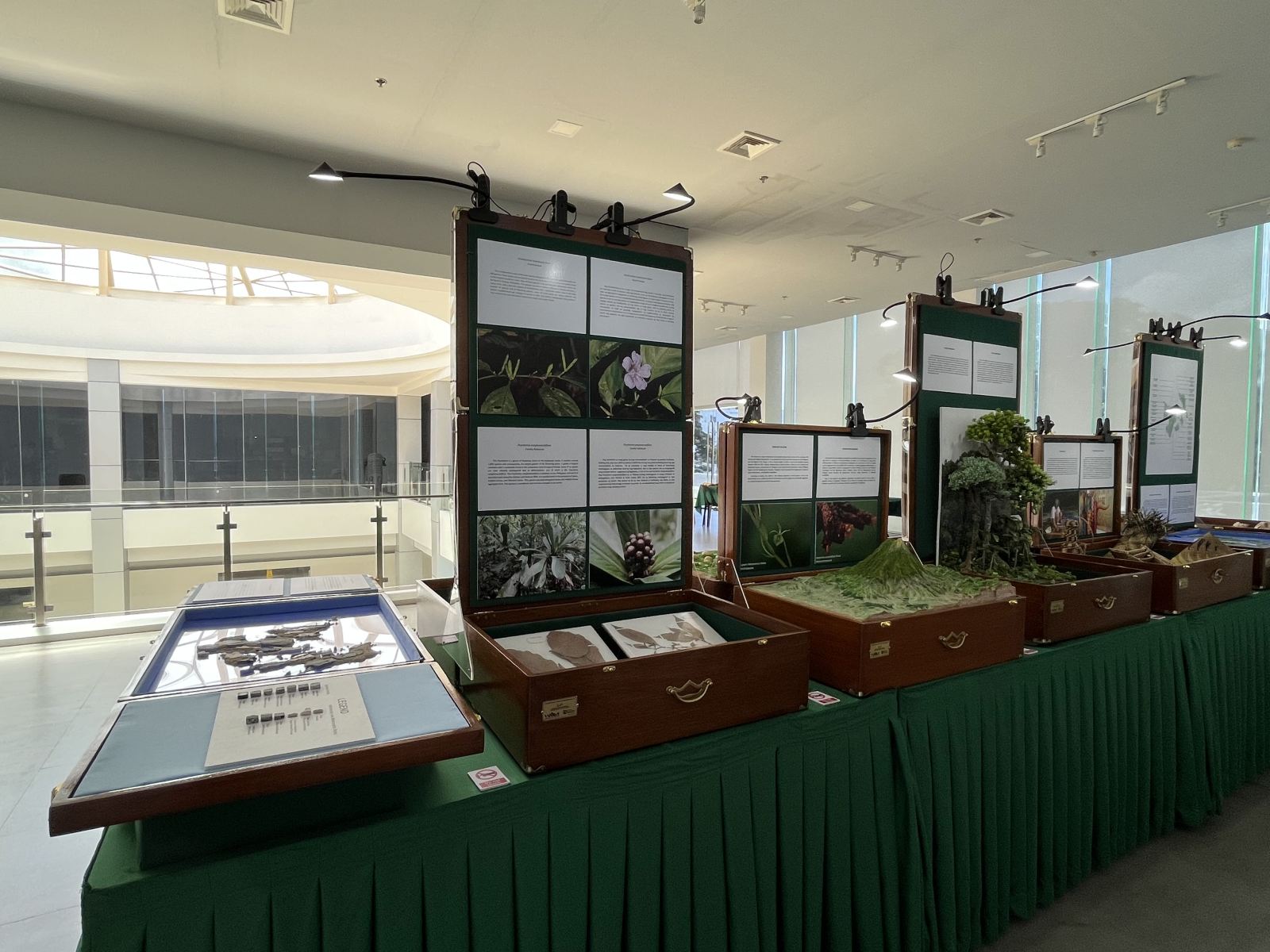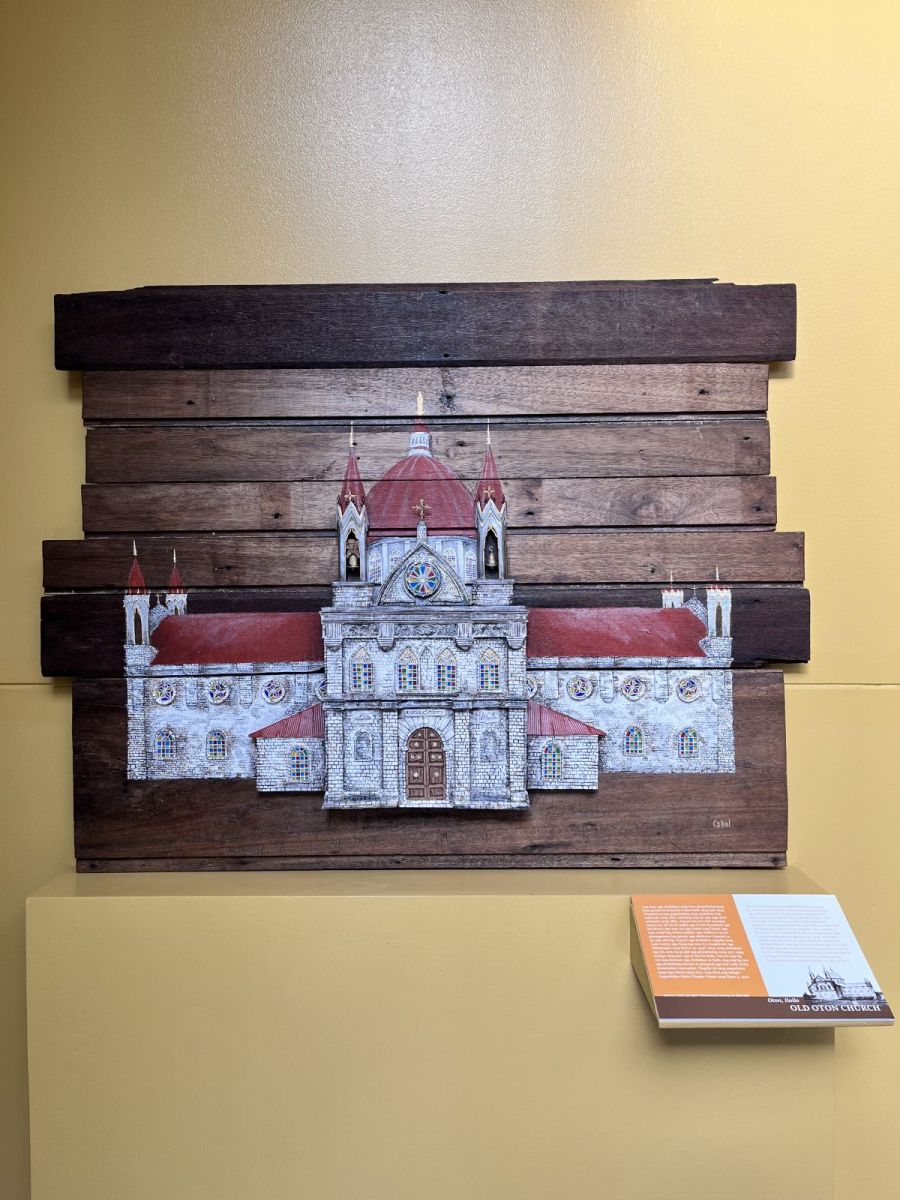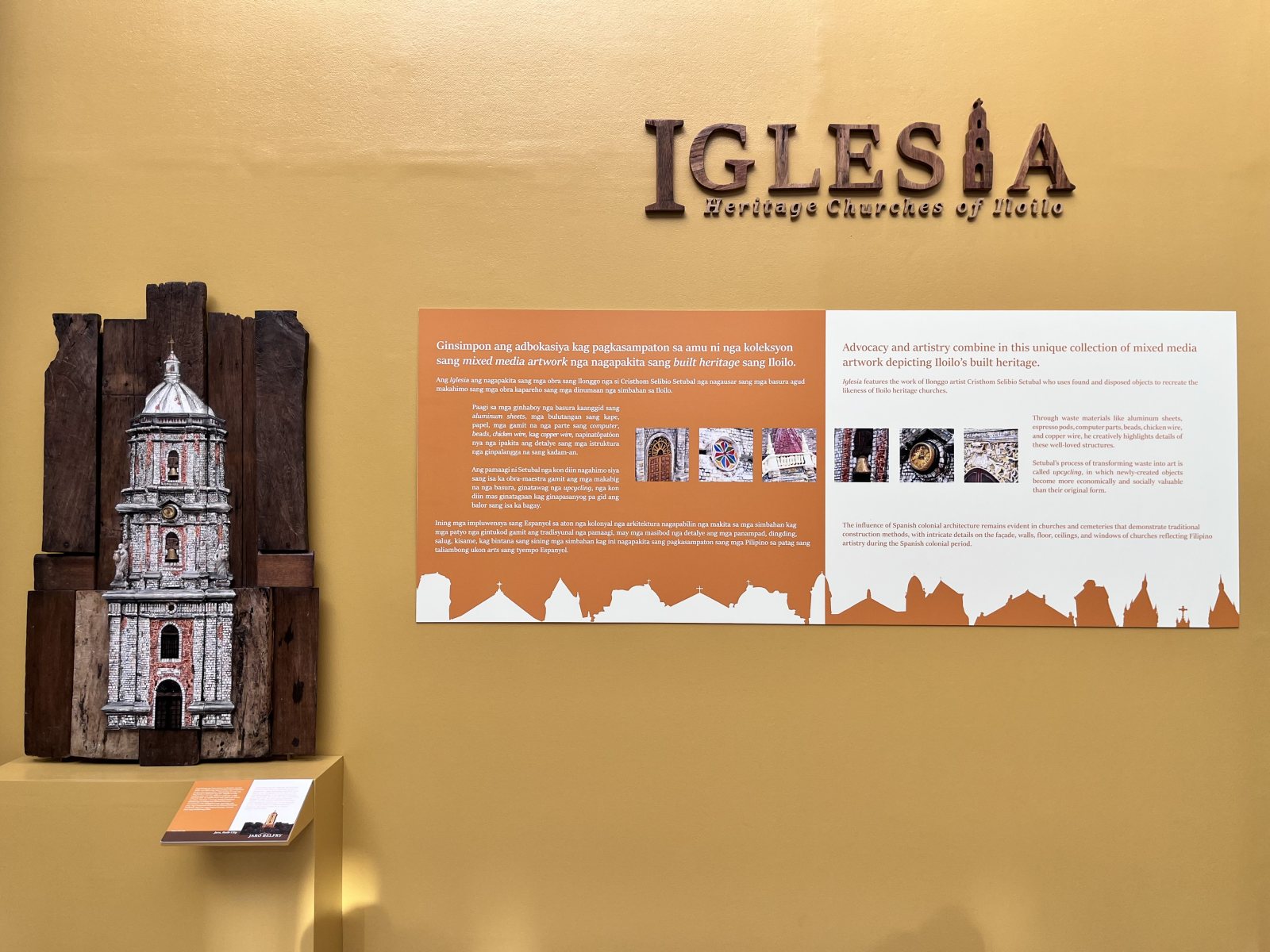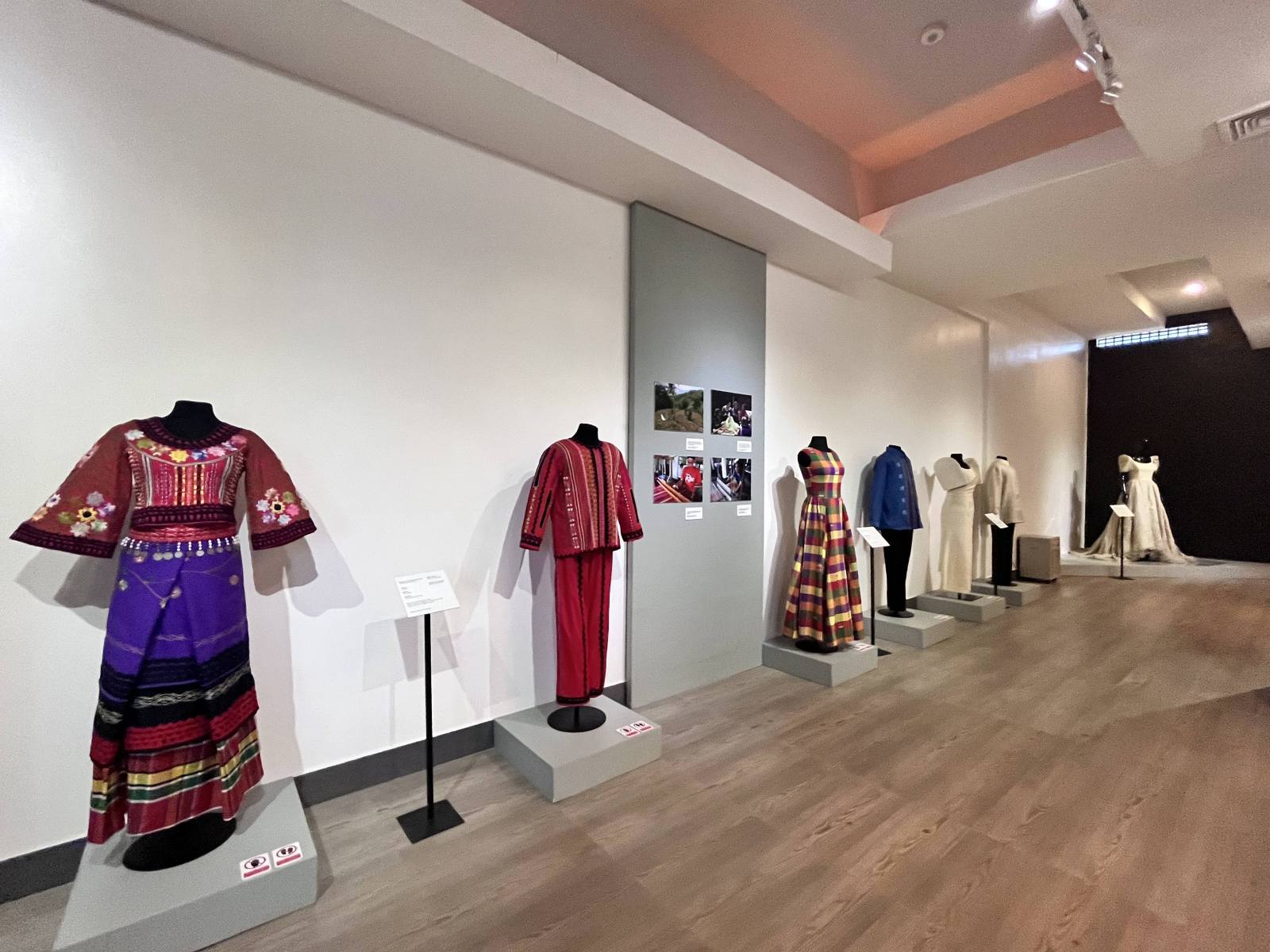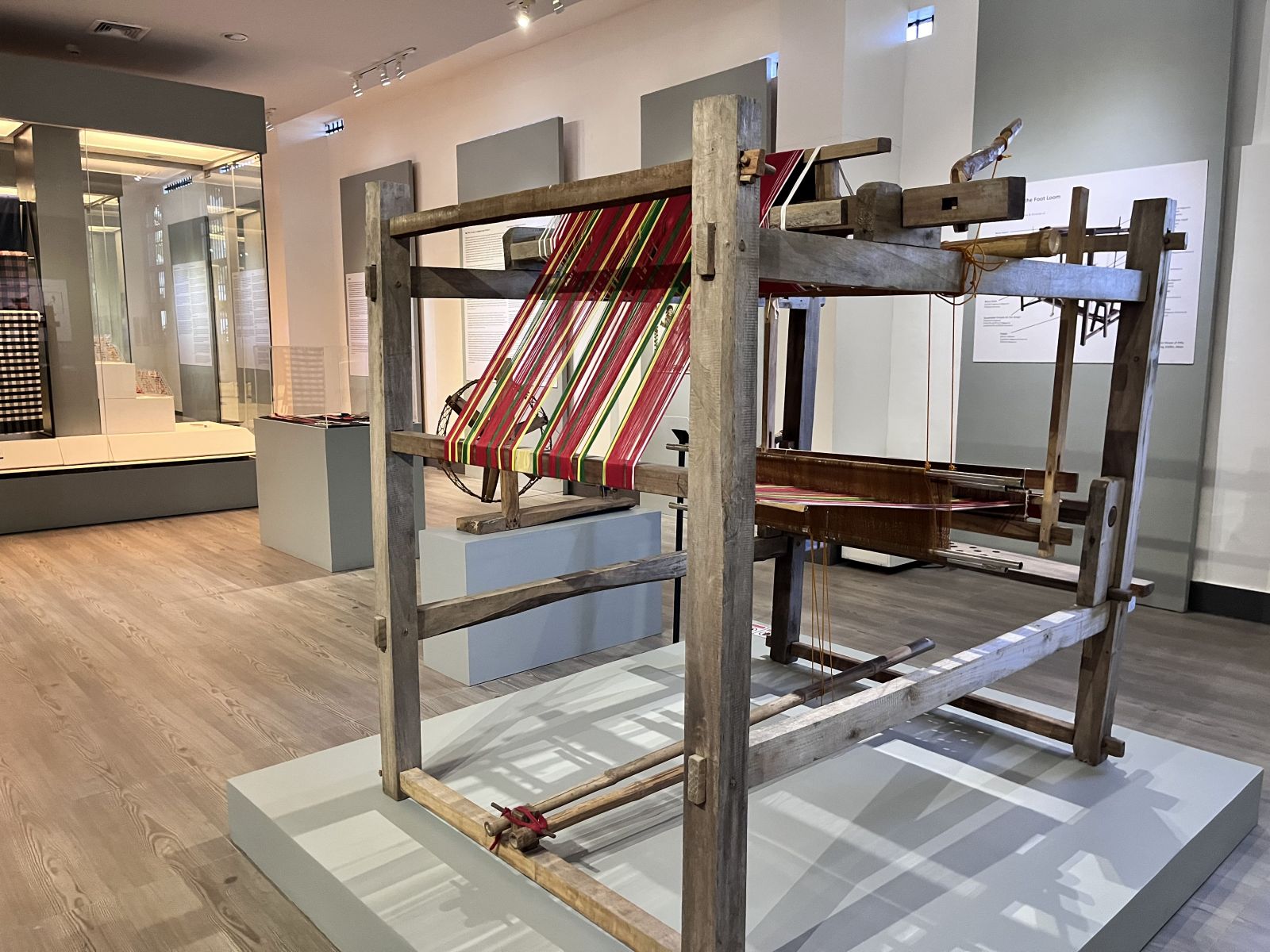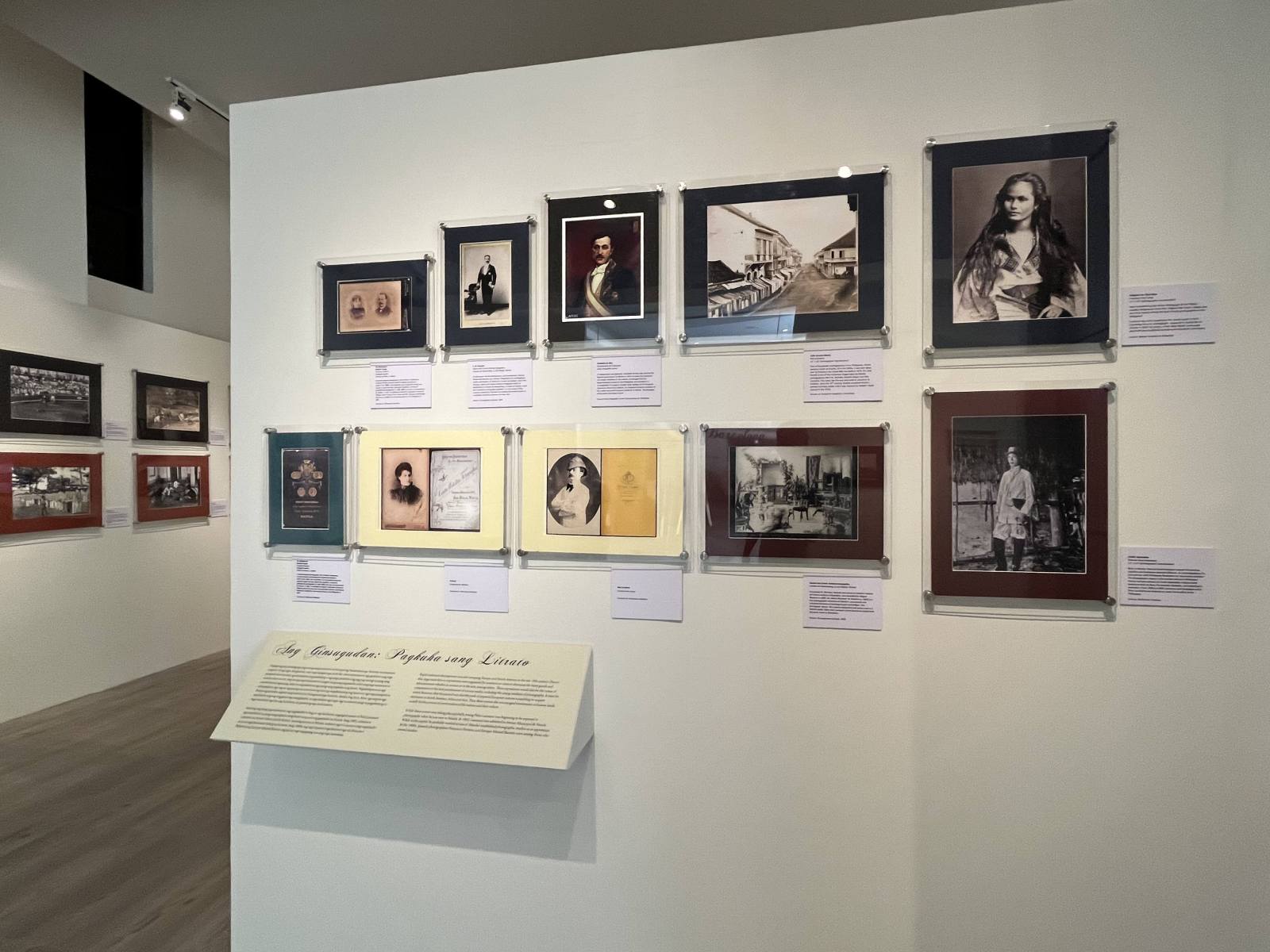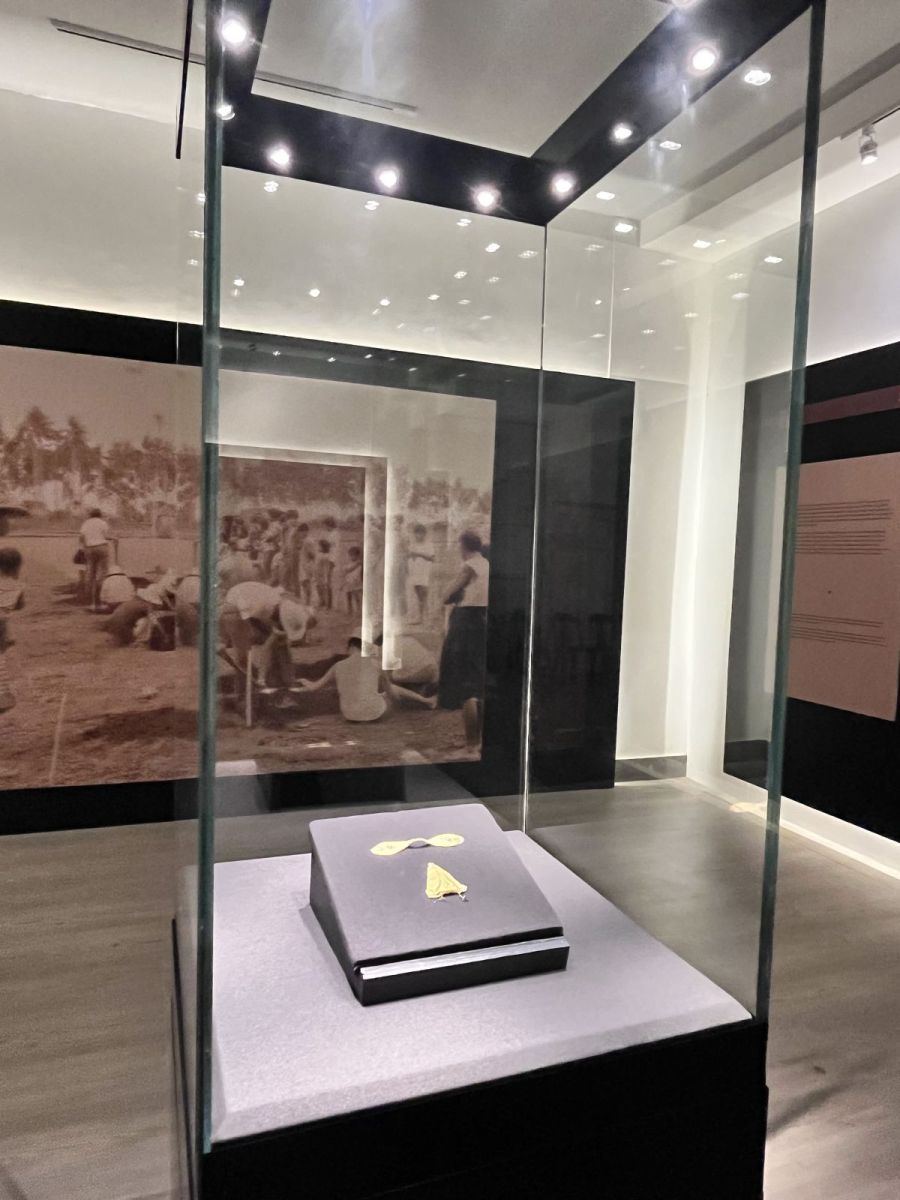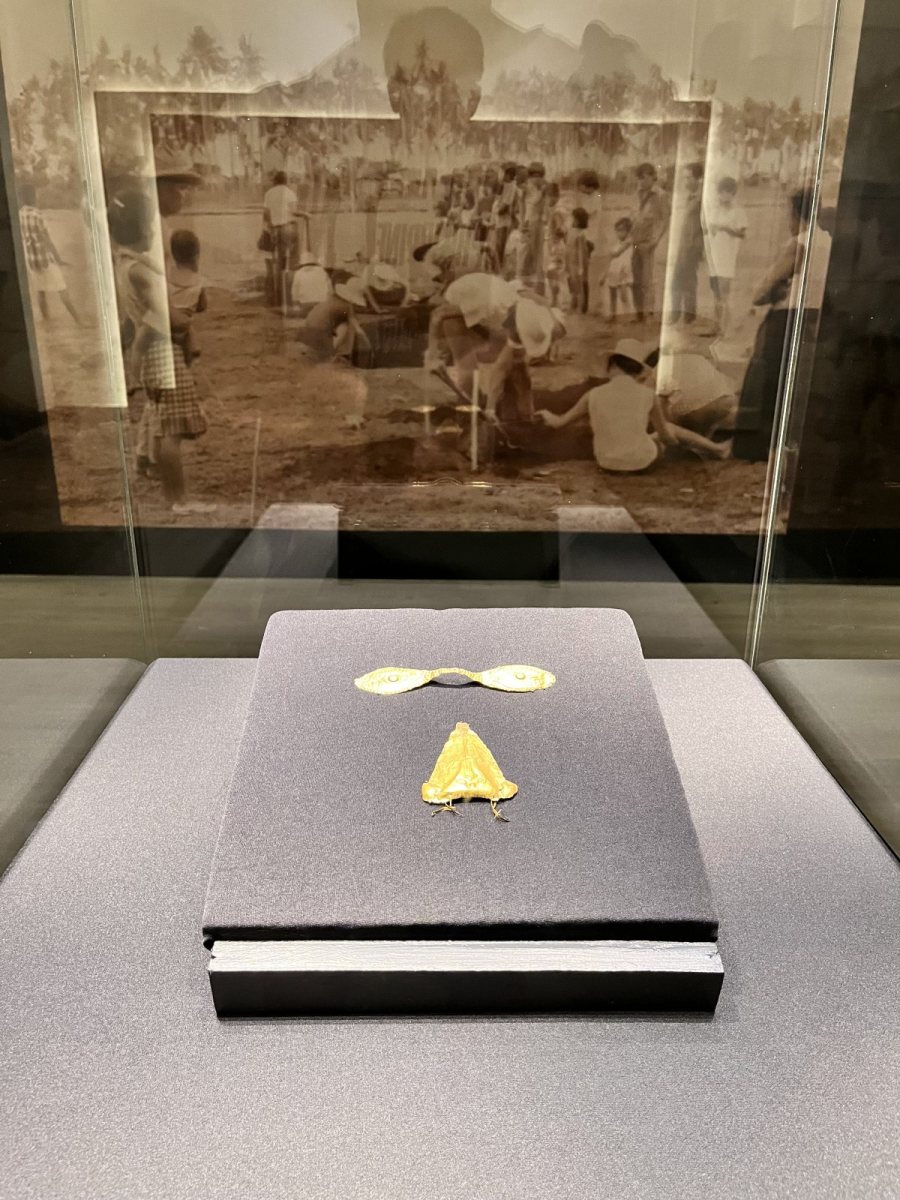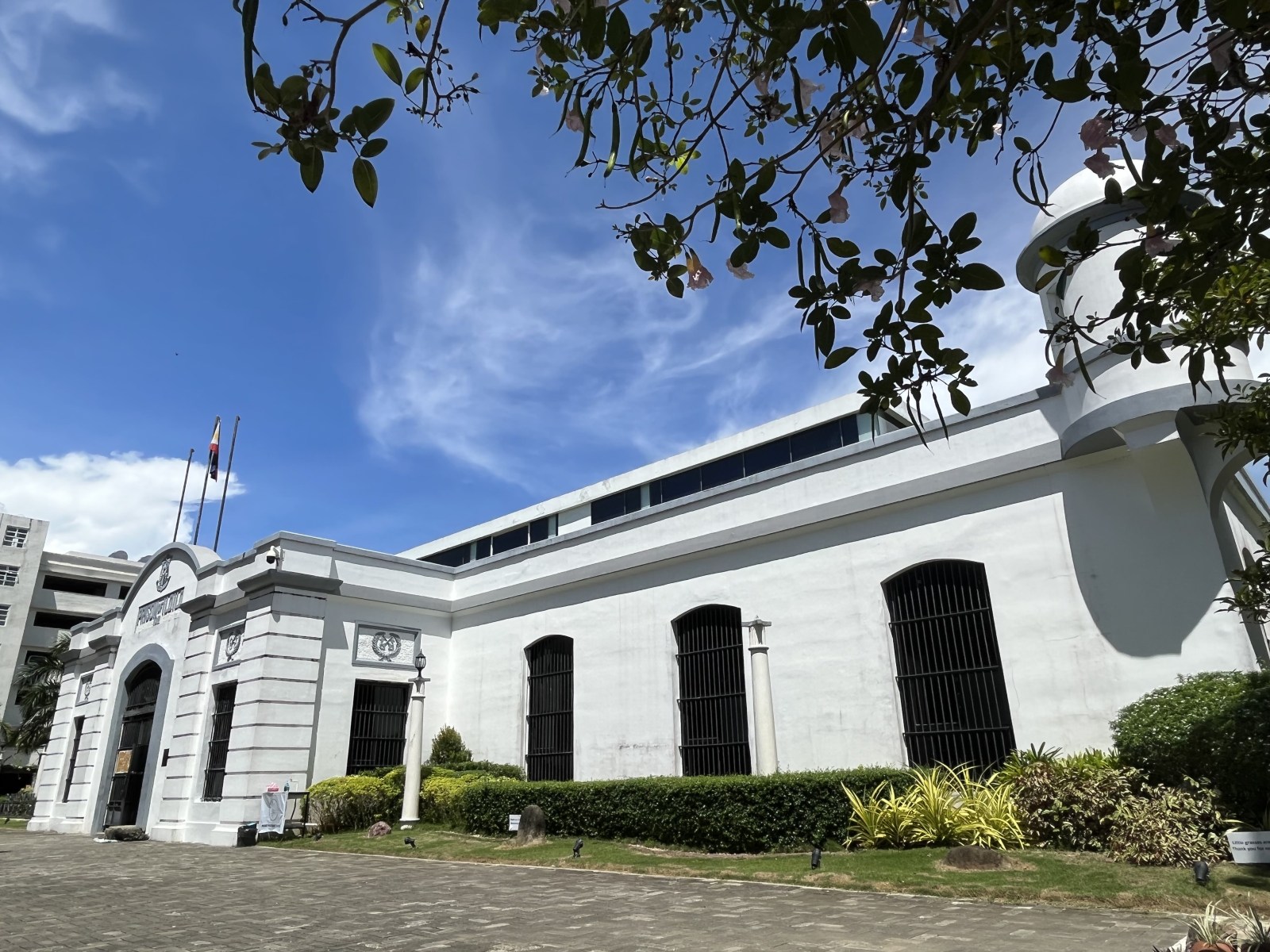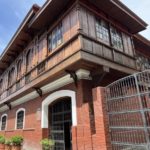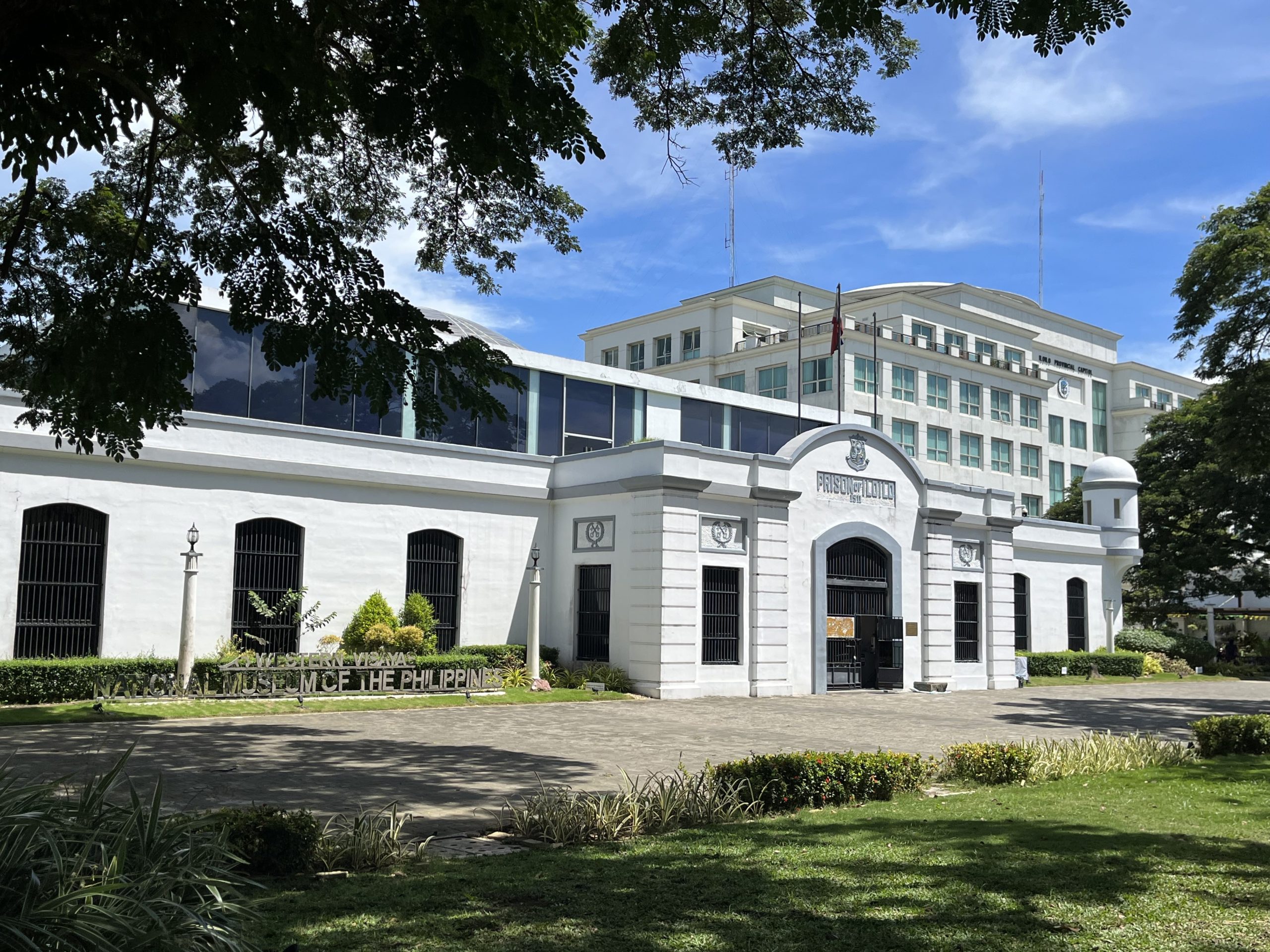
National Museum Western Visayas brings heritage to fringes in pursuit of better future
The National Museum of Western Visayas of the National Museum of the Philippines carries a distinct mission of bringing museums and heritage closer to the people.
To realize the mandate of the National Museum of the Philippines Act (RA 11333), the regional museum developed strong community-grounded programming by implementing Pambansang Museo sa Barangay: Bringing Museum Collections to the Fringes and introduced biodiversity conservation in the Visayas Region through a traveling exhibition using visually engaging collapsible Museum Boxes in partnership with the Museum Foundation of the Philippines.
These programs are the impetus for the regional presence of the National Museum of the Philippines, whose existence is anchored on the basic philosophy that the Filipino nation is kept unified by a deep sense of pride in its own identity, cultural heritage, and natural patrimony. The national identity of the Filipino must be developed and enhanced while imbibing the spirit of nationalism and a strong commitment to the protection and dissemination of its legacy.
Beautiful inside and out and surrounded by an open park with a manicured garden within the imposing Iloilo Provincial Capitol Complex, the museum boasts a regional collection of religious stone sculptures, gemstones from Antique Province, paintings, sculptures, and changing exhibition galleries, as well as a seminar hall.
The museum experience is amplified by the highly knowledgeable, efficient, and articulate all-female staff.
Declared an Important Cultural Property in December 2016 because of its cultural and historical value due to its exceptional architecture as a former Iloilo Provincial Jail (1911–2006), it underwent retrofitting and restoration for adaptive reuse as a museum with fund support from the Iloilo Provincial Government and the National Museum of the Philippines, respectively.
The Iloilo Provincial Government turned over the facility to the National Museum of the Philippines on April 11, 2018 through a 50-year usufruct agreement, and it now serves as a repository of various collections pertaining to the heritage of Western Visayas communities.
The National Museum of Western Visayas is now a landmark and a top destination among museums in Iloilo City.
Inside the National Museum Western Visayas
The museum is equipped with impressive permanent and changing exhibitions and communication materials that use Hiligaynon, Filipino, and English. It is well curated using exquisite visual presentation, creating an elegant learning atmosphere.
The visitors of the National Museum of Western Visayas are greeted by a print reproduction of the 1982 painting of the National Artist for Visual Arts, Jerry Elizalde Navarro, entitled Ang Bulawan nga Sadok (Golden Salakot). Navarro was born in San Jose, Province of Antique, and was conferred National Artist for Visual Arts in 1999.
Navarro’s original Ang Bulawan nga Sadok is displayed at the lobby of the Antique Provincial Capitol.
Another rare piece that can be found is the original statue of former President Manuel A. Roxas by renowned sculptor Anastacio Caedo.
Likewise, there are numerous religious stone sculptures displayed within the atrium square, together with the gemstones from Antique Province mounted in tree-like installation art, one of the popular arts and crafts livelihoods in Sibalom town, whose upstream Mau-it River is declared a Municipal Natural Heritage Area through an ordinance.
The visitors can also learn about the National Museum’s heritage restoration and reconstruction program in the Visayas through the Pagbanhaw Touring Exhibition.
Iglesia: Heritage Churches of Iloilo
Its changing exhibit program currently features Iglesia: Heritage Churches of Iloilo, a magnificent collection that shows Iloilo Heritage Churches, or built heritage, by Cristhom Selibio Setubal, a visual artist, seafarer, and educator from San Joaquin town.
The splendid mixed media artworks recreated some of the remaining Spanish stone churches in Iloilo, like Miagao, Guimbal, Tigbauan, Molo, Jaro, Pavia, Santa Barbara, Cabatuan, Dingle, Dumangas, the old Oton Church, and the Jaro Belfry. The collection featured notable characteristics of each structure, like the bricks, limestone, and corals; the intricate ornamentation of facades like that of San Joaquin and Miagao; the imposing domes, cupolas, and bell towers; and the sturdy columns, arched entrances, naves, and painted ceilings.
Setubal used waste objects like aluminum sheets, espresso pods, computer parts, beads, chicken wires, and copper wires for the details, with repurposed driftwood as the base. The artist intends to promote environmental activism and sustainable art, hoping to inspire the youth to appreciate the rich heritage of Iloilo as seen in its beautiful churches.
The Habol Panay: The Woven Artistry of Western Visayas
The Gallery 4 features The Habol Panay: The Woven Artistry of Western Visayas. It showcases the diverse textile heritage of Panay and Negros Islands through the hablon weaving of Iloilo and Antique, piña-seda (pineapple-silk) weaving of Aklan and Antique, the panubok (embroidery) of the indigenous peoples group, the Panay Bukidnon, the bobbin lacemaking of Sta. Barbara, Iloilo, and the embroidery of Asilo de Molo, a hospice for the elderly.
The Geology and Paleontology Exhibition Hall
A highly educational Gallery 1 is the Geology and Paleontology Exhibition Hall. It offers a unique experience that allows visitors to rediscover the geological events that formed the Western Visayas Islands vis-à-vis the former Philippine Archipelago.
It also showcases the fossil molars of elephants and stegodonts found in Cabatuan, Iloilo, among other interesting objects.
Bugasong to Barcelona: The Life and Works of Felix Laureano
The visitors can also travel back in time at Gallery 5 by viewing the photo collection of Felix Laureano, the First Filipino Photographer, in Bugasong to Barcelona: The Life and Works of Felix Laureano.
The collection shows some of the rarest photographs of old Panay and Manila, which highlights the importance of photography in recording the lifeways of a community and the historical milestones of a locality.
The Oton Gold Death Mask
The National Museum of the Philippines also unveiled Ang Tamung nga Bulawan (The Oton Gold Death Mask) at the Gallery 2 last January.
The Oton Gold Death Mask is hailed as a National Cultural Treasure and its unveiling was considered a homecoming, for it was finally opened in Iloilo after a half century since its discovery. It was discovered in San Antonio, Oton, Iloilo, on June 5, 1967, during the systematic archaeological excavations led by National Museum anthropologists Alfredo Evangelista and F. Landa Jocano, an Ilonggo.
Dated to the late 14th to early 15th centuries (Age of Trade), the Oton Gold Death Mask is one of the few funerary gold masks and face covers found in the Philippines and in graves in Bali, Indonesia (100 BC to 100 AD), Vietnam (100 BCE–100 CE), and southern India (Iron Age).
The discovery of the Oton Gold Death Mask was a celebrated archaeological event because it was found in situ (in the place), which means it was found in its original location. Artifacts that are found in situ reveals its cultural and historical significance, and such was the case with the Oton Gold Death Mask.
Bringing an Important Cultural Property back to life
The National Museum of the Philippines declared the building an Important Cultural Property (ICP) in December 2016 because of its exceptional architectural, cultural, and historical value. It served as Iloilo Provincial Jail for 95 years, or from 1911 to 2006.
Encrusted at the main entrance of the more or less 860 square-meter structure is the name Prison of Iloilo with the number 1911, the year that it was constructed through the design of Architect William Parsons, who was then the Consulting Architect of the Philippine Government working with the Bureau of Public Works. Parsons was in charge of the design of all public buildings and parks in the Philippine Islands.
The building was constructed during the term of former governor Ruperto Montinola, a former provincial prosecutor who believed that inmates deserved a place conducive to reformation and humane treatment. Montinola was also credited as a development visionary, for it was during his term that the physical and economic landscape of Iloilo was transformed through massive investment in public infrastructures like the 400-foot Forbes Bridge that connected Iloilo City to nearby Jaro and LaPaz, dredging of the Iloilo River to allow the entry and docking of big ships, renovation and expansion of the Provincial Capitol, construction of some 60 kilometers of roads and bridges in different Iloilo towns, and the Prison of Iloilo.
Montinola was joined by other officials who were instrumental in the building of the Prison of Iloilo, namely: W. W. Barclay, Provincial Treasurer; George J. Muni, Acting Treasurer; Cirilo Mapa, Third Board Member; and H. O. Leary, Constructor.
As early as January 1903, however, General Martin Delgado already saw the need for a new jail facility because of the growing number of prisoners and the need for a jail with hygienic conditions.
It was General Delgado, the first governor of Iloilo, who brought to the attention of American Governor-General William H. Taft the need for a bigger jail, considering that the existing facility at the lower floor of the municipal hall in Jaro, a structure that preceded the 1934 Jaro Municipal Hall, was already crowded; hence, prisoners were distributed in three buildings. Delgado, in fact, pushed for the granting of a loan for the construction of the jail facility with the Commission.
During World War II, the Japanese used the jail as an internment camp for prisoners of war. It was restored to serve its purpose as a jail after the war, and it underwent improvements.
On June 8, 1988, the Iloilo Provincial Jail was renamed the Iloilo Rehabilitation Center through Iloilo Provincial Board Resolution No. 61, Series of 1988 in line with the thrust of the national government to make jails a place of rehabilitation and transformation. Again, improvements were made, and a women’s cell was established outside the main prison for the detention of women offenders.
Becoming the National Museum of Western Visayas
In spite of the architectural and historical significance of the building, it was not considered a landmark in the past century owing to the stigma that is usually attached on jails. It was only in 2016, or 105 years after its establishment, that the Prison of Iloilo was declared an Important Cultural Property.
The National Museum of Western Visayas that it is today is a result of a two-phase restoration work, first with demolition and then retrofitting for adaptive reuse.
The provincial government funded its retrofitting that started in 2014, while the National Museum funded its restoration for adaptive reuse as a museum.
The Iloilo Provincial Government commissioned the late Ilonggo architect Guillermo Hisancha, who was then president of the United Architects of the Philippines (UAP), to design the restoration of the building in coordination with the National Museum of the Philippines.
It was also Hisancha who designed the restoration of Casa Real de Iloilo, another architectural gem, which is also located within the Iloilo Provincial Capitol Complex.
Hisancha and his team used modern engineering techniques to preserve the decaying building and “inward and upward developments” to maximize the limited space inherent to the jail’s design.
The quadrangle was converted into an atrium, where natural light passes through the glass dome. A second-level space was added to make room for open galleries and a seminar hall. Hisancha’s design preserved the original look of the jail while at the same time he introduced modern elements that complements the old with the new.
Upon competion of restoration work, the Iloilo Provincial Government led by former Governor Arthur Defensor Sr. and the members of the Iloilo Provincial Board turned over the facility to the National Museum of the Philippines on the occassion of the 117th Foundation Day of the Province of Iloilo in April 11, 2018.
Since then, the National Museum of the Philippines Western Visayas Regional Museum became the repository of various collections and a venue for learning the heritage and culture of Western Visayas communities through activity corners where guests can enjoy leaf and rock art, DIY weaving, coloring sheets, get a feel of local textiles by wearing patadyong and hablon headdresses.
The museum offers a tour program for learners from preschool to college, and even for PWD and senior citizens. It is open to the public from Tuesday to Sunday, 9:00 a.m. to 5:00 p.m., without an entrance fee. Monday is for maintenance.
= = = = =
Sources:
- Our Vision and Mission, https://www.nationalmuseum.gov.ph/about-us/vision-and-mission/
- The Museums, Galleries, and Art Spaces of Iloilo: Vignette of a noble past, flamboyant present, and vibrant future, Ted Aldwin Ong, Iloilo Art Book 2021 to 2023, Art in the Heart of the Philippines, published by the Iloilo City Government, 2023.
- Historical overview of NMWV, a text by Maricyn De los Santos, Information Officer III, National Museum of Western Visayas, 2022.
- Conversation with Ms. Honey Beso, Supervising Administrative Officer, NMWV, and staff during a museum visit, October 4, 2022.
- Photos under the section Bringing an Important Cultural Property back to life is from the file of the National Museum of the Philippines.

